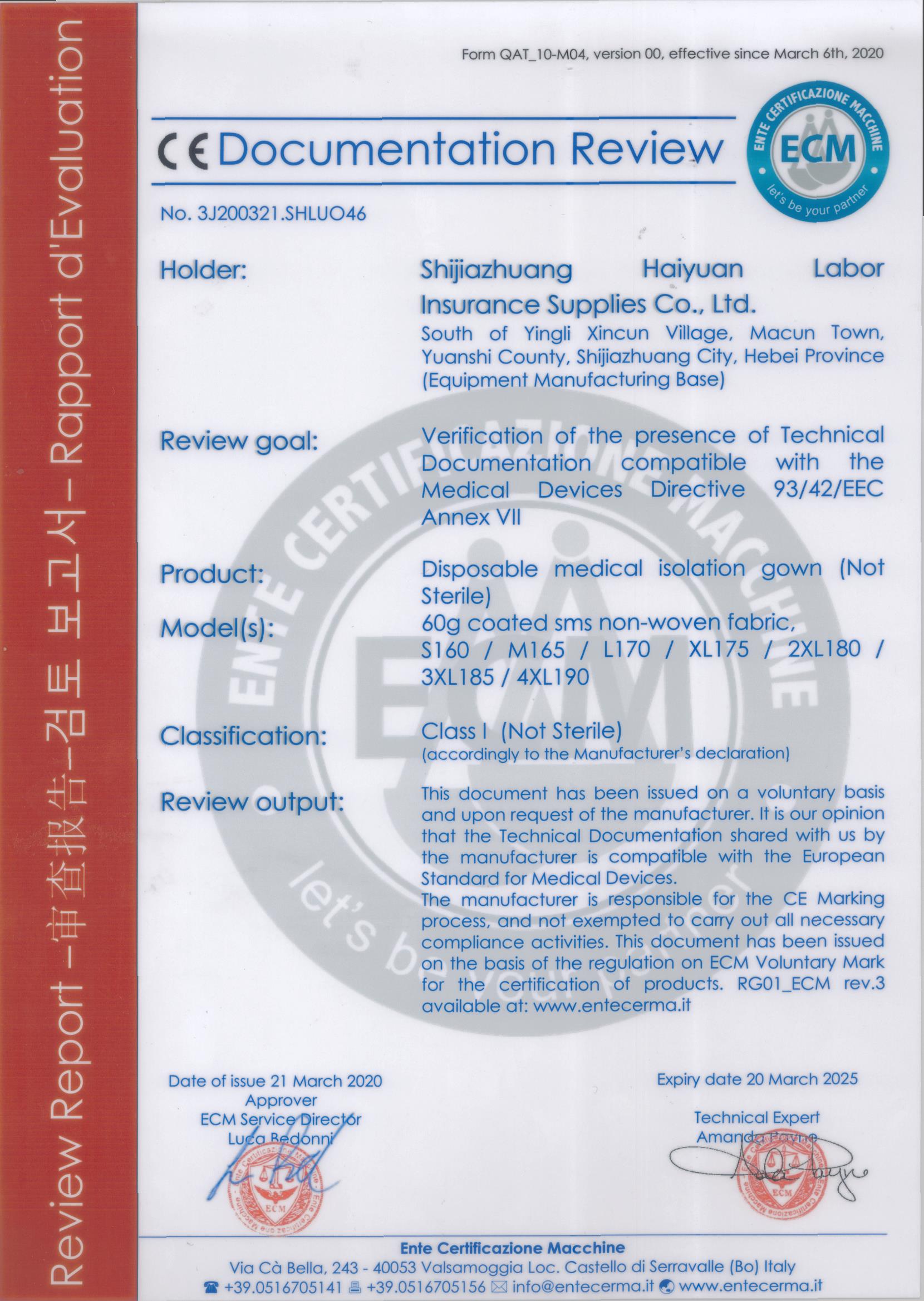This is a fundamental question for workplace safety in the United States. However, providing a simple, single list of “OSHA requirements” is impossible because OSHA’s regulations are vast and depend entirely on the industry, the specific workplace, and the hazards present.
Instead of a list, it’s more helpful to understand OSHA’s framework and overarching principles. Here is a breakdown of how OSHA requirements work, with a focus on areas relevant to our previous discussion on workwear and PPE.
What is OSHA?
The Occupational Safety and Health Administration (OSHA) is a federal agency under the U.S. Department of Labor. Its mission is to “assure safe and healthful working conditions for working men and women” by setting and enforcing standards and by providing training, outreach, education, and assistance.
OSHA’s rules are law, not voluntary guidelines.
The Two Fundamental Obligations for Employers
Regardless of the industry, all employers under OSHA’s jurisdiction have two core duties:
-
The General Duty Clause: (OSH Act of 1970, Section 5(a)(1))
-
This is the most important concept. It states that employers must provide a workplace “free from recognized hazards that are causing or are likely to cause death or serious physical harm.”
-
This clause is used to cite employers for serious hazards even when there is no specific OSHA standard for that particular hazard.
-
-
Compliance with Specific Standards:
-
Employers must comply with all specific OSHA standards that apply to their workplace (e.g., for fall protection, hazardous chemicals, machine guarding, etc.).

osha
-
Key OSHA Requirement Areas (with Examples)
Here are the most relevant categories of requirements, especially in the context of uniforms and safety.
1. Requirements for Personal Protective Equipment (PPE) – 29 CFR 1910.132 (General Industry)
This is the core standard for PPE. It mandates:
-
Hazard Assessment: The employer must perform a formal assessment of the workplace to identify hazards that require PPE. This must be documented.
-
Selection of PPE: Employers must select PPE that properly fits the affected employees and is appropriate for the identified hazards.
-
Provision and Payment: The employer must provide the required PPE at no cost to the employee. (There are very few exceptions for “everyday” items like safety-toe footwear or prescription safety glasses, but even these can be required in certain situations).
-
Training: Employees must be trained on:
-
When PPE is necessary.
-
What type of PPE is necessary.
-
How to properly don, doff, adjust, and wear it.
-
The limitations of the PPE.
-
The proper care, maintenance, useful life, and disposal of the PPE.
-
Employees must demonstrate an understanding of the training.
-
How this connects to standards like ANSI/NFPA: OSHA’s PPE standards often “incorporate by reference” other standards. For example:
-
1910.135 (Head Protection) requires hard hats that meet ANSI Z89.1.
-
1910.136 (Foot Protection) requires safety-toe shoes that meet ASTM F2413.
-
1910.137 (Electrical Protective Equipment) requires rubber insulating gloves that meet ASTM D120.
-
While OSHA doesn’t have a specific standard for FR clothing, it is required under the General Duty Clause and other specific standards (like for electric arc flash) if a flash fire or arc flash hazard is identified. The recognized way to comply is to use garments certified to NFPA 2112 or NFPA 70E.
2. Requirements for Specific Hazards (Relevant to Clothing)
-
Flame & Fire (General Duty Clause): If a flash fire hazard exists (e.g., in oil & gas, chemical plants), OSHA requires the employer to provide appropriate FR/AR (Flame-Resistant/Arc-Rated) clothing. NFPA 2112 is the de facto standard for compliance.
-
High-Visibility (1926.201 – Construction, & General Duty Clause): In traffic work zones and other areas where workers may be struck by vehicles or equipment, OSHA requires high-visibility apparel. The recognized standard is ANSI/ISEA 107.
-
Electrical (1910.269 & 1910.335 – General Industry): For workers exposed to electric arc flash hazards, OSHA requires protective clothing that is arc-rated (based on an incident energy analysis). The standard for selecting this PPE is outlined in NFPA 70E, which OSHA uses to enforce its rules.
-
Hazardous Chemicals (1910.120 – HAZWOPER): For hazardous waste operations, OSHA has specific requirements for levels of protective clothing, which may include chemical-resistant suits.
3. Recordkeeping and Reporting – 29 CFR 1904
-
Employers must report any work-related fatality within 8 hours and any amputation, loss of an eye, or inpatient hospitalization within 24 hours.
-
They must maintain records of work-related injuries and illnesses (on OSHA Form 300).
4. Training and Communication
-
Hazard Communication (1910.1200): Employers must have a program to inform and train employees about the hazardous chemicals they are exposed to, using Safety Data Sheets (SDS) and labels.
-
As mentioned, specific training is required for PPE, lockout/tagout, confined spaces, etc.
Summary: The Practical Takeaway
If you are an employer or responsible for sourcing workwear/PPE, your process should be:
-
Conduct a Hazard Assessment: Identify all physical, chemical, electrical, and other hazards in the workplace. This is your foundational, legally required step.
-
Identify Applicable OSHA Standards: Based on the hazards, determine which specific OSHA standards apply (e.g., PPE, Electrical, Hazard Communication).
-
Select Certified PPE: For any required PPE, select equipment that is certified to the relevant ANSI, ASTM, or NFPA standard. This is the simplest way to prove OSHA compliance.
-
Provide and Train: Provide the PPE to employees at no cost and ensure they are fully trained on its use.
-
Document Everything: Keep records of your hazard assessment, training sessions, and OSHA injury/illness logs.
In short: OSHA doesn’t typically say “you must wear an NFPA 2112 coverall.” Instead, it says, “you must protect your workers from flash fire hazards.” Using an NFPA 2112 certified coverall is the recognized and compliant way to meet that requirement.




